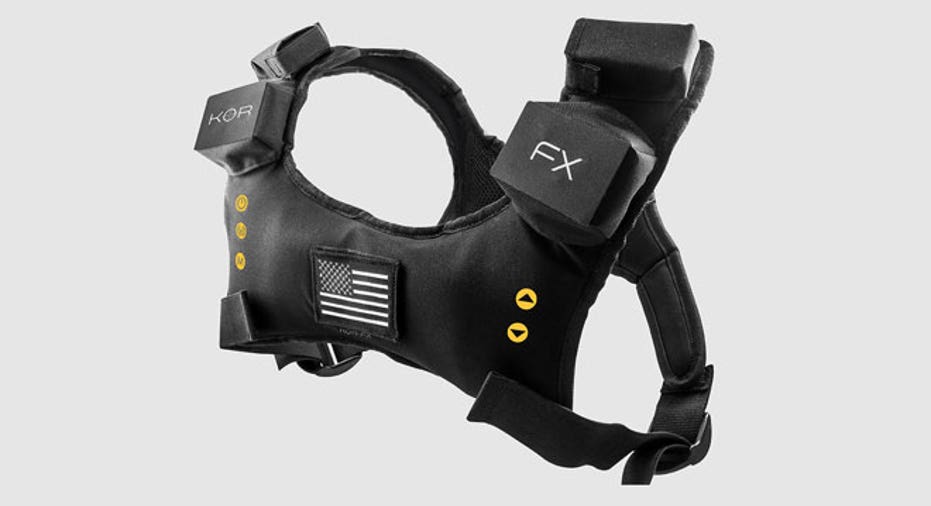Facebook Makes Virtual Reality Cool Again

Now that Facebook (NASDAQ:FB) has entered the game and made virtual reality cool again, the line between the real and virtual world will only continue to blur.
With startups interacting with zealous gamers, advancing tech is adding dimensions to video games and other entertainment – so much so it might soon help users feel the ping of a digital gunshot.
Mark Zuckerberg’s Facebook, always looking for new innovative and niche technologies as its social network ages, spent $2 billion last month on virtual reality company Oculus.
The company makes 3-D headsets for the gaming industry, immersing a player in a foreign digital world.
“Their technology opens up the possibility of completely new kinds of experiences,” Zuckerberg said in March. The mission, he added, is to enable users to “experience the impossible.”
Facebook hopes to use the multi-billion-dollar deal to one day change the way people communicate – forever altering, for example, how long-distance relationships operate by digitally transporting a person to the far away location of their loved ones.
But it also undeniably shakes up the gaming world – legitimizing the virtual reality space that once was the topic of 1980’s sci-fi movies.
“We’ve made leaps and bounds visually over the last 10 years,” said Seth Fandetti, CEO of Immerz, which will soon launch a haptic vest called KOR-FX that simulates digital feeling.
“Now the focus seems to be … basically taking whatever level of immersion you are comfortable with and combining them all together,” he said.
Whether or not life-sized zombies in your living room suits you, companies are doubling down on research and technology that bend the line between reality and the Internet – noting a rise in demand from consumers.
Oculus CEO Brendan Iribe called the company’s headsets a “transformative and disruptive technology.”
It has received more than 75,000 development kit orders for its headsets, signaling robust demand.
“It’s only just the beginning,” he said.
Meanwhile, KOR-FX will launch a haptic vest at gaming tradeshow E3 in June that goes a step beyond just “seeing” -- a concept known as environmental realism.
Iranian-American physicist Shahriar Afshar has been working on the vest for five years. Once launched this year, the company will roll out a development kit, using large swaths of feedback and data from gamers to perfect its use in virtual reality entertainment.
The vest features acousto-haptic technology (audio) and special transducers (a device that converts a signal from one form of energy into another). The audio waves are reinterpreted by an algorithm to suit the scene of the game and then echoed -- safely -- into the chest cavity.
In simpler terms, it fools the mind, providing sensations in such a way that the brain is tricked into believing it is actually feeling the bullet and explosions the gamer is viewing on the screen.
“The blades of your attack chopper thump in your chest,” the company explains.
The vest could also be used in other forms of entertainment such as music and movies, and Fandetti imagines a host of other potentials, such as giving enhanced awareness to the blind.
“We can create all kinds of effects in all different ranges, so it can be used in a wide range of applications,” he said.
With Oculus, in Fandetti’s words, “kicking the door and waking everyone up,” and investors taking notice of virtual reality startups, gamers are now picturing a future where they can build their own immersive suits that thrust them deeper into virtual reality.
“People really do want to take the next step,” Fandetti said.